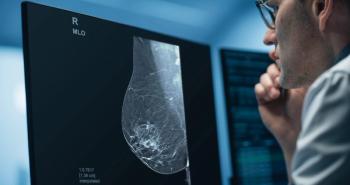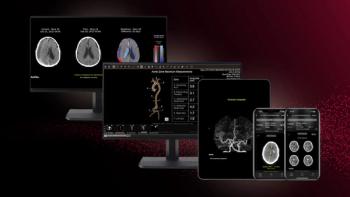
Siemens combines software and hardware for multiple MRI studies
Siemens has integrated its moving MRI patient table and panoramic array coils with control software to create a system capable of scanning multiple areas of a patient without interruption. The software package, called Integrated Panoramic Positioning
Siemens has integrated its moving MRI patient table and panoramic array coils with control software to create a system capable of scanning multiple areas of a patient without interruption. The software package, called Integrated Panoramic Positioning (IPP), optimizes both productivity and image quality by automatically turning coils on and off in lockstep with table movement.
IPP allows the table to be moved from the operators console (by) practically any amount, said Trina White, Siemens high-field product manager. Coils such as those covering the head, neck, spine, and body can be turned on and off from the operators console, while the table moves specific distances so each coil can be used.
IPP has shipped on the 1.5-tesla Symphony and 1-tesla Harmony since mid-June, and became available in late summer to the installed base as a $40,000 upgrade. The software works with MRease, the MRI-specific software platform released by Siemens at the 1999 RSNA meeting along with the companys new software architecture, called syngo, that links all its modalities computers, information systems, and equipment.
This software combination forged the necessary command link for Siemens 16-element panoramic array coil set to operate in concert with the companys moving patient table.
It is a few fundamental ideas put together with the intent of driving productivity, White said.
The table and panoramic array coil set are commonly associated with peripheral run-offs, in which a bolus of MR contrast is tracked from the abdominal aorta to the toes. In this procedure, coils are turned on and off as the bolus reaches and passes different points along the vascular tree. But the hardware can also be used for other applications, White said.
Multiple studies are becoming more and more a part of MR imaging, White said. You want to use a local coil to get the best image quality but you dont want to keep going in and out (of the exam room), replacing coils and moving the patient accordingly.
Newsletter
Stay at the forefront of radiology with the Diagnostic Imaging newsletter, delivering the latest news, clinical insights, and imaging advancements for today’s radiologists.




























